To celebrate the October 13th release of my forthcoming debut novel, King of Shards, I will be featuring one new blog entry a day about a different Judaic myth for 36 days. L’shana tova! (May you have a fortunate year!) Today’s entry is on the Lair of Azazel.
Day 8: The Lair of Azazel
Far beyond the Mountains of Darkness lies the desert Dudael, and far down a great chasm the fallen angel Azazel lies chained upside down in the dark. Before the Great Flood, which removed the generation of wicked from the face of the earth, Azazel taught people how to make weapons and aroused men to lust and rage. By his teachings the whole world became corrupt. And when the Great Flood came and washed away this corrupt generation, the angel Raphael bound Azazel by hand and foot in the darkness.
But Azazel would not be halted by mere chains. Using the power of dreams, he coerced an evil sorcerer to seek him out. The sorcerer found his way to the Mountains of Darkness, where a cat-like demon with the head of a serpent and two tails met him. The sorcerer removed a small bowl wherein were the ashes of a white cock and blew the ashes at the cat-like demon. Now compelled, the cat-like demon led the sorcerer down to Azazel’s lair, where the fallen angel lies chained.
There the sorcerer lit incense, stepped on Azazel’s chain three times, and fell to his knees to worship the fallen angel. For fifty days, Azazel then taught the sorcerer the darkest mysteries of the universe. After, the cat-like demon led him out of the Mountains of Darkness. Back in the world of people, the sorcerer told others about the whereabouts of Azazel, and more sorcerers sought out the fallen angel. More and more learned the ways of evil, and this was how the black arts find their way into the world.
The Myth’s Origins
On Yom Kippur, The Day of Atonement, the Torah requires two sacrifices to happen. One goat is to be sacrificed to God, but another goat, the famous scapegoat (from which the modern term comes from) is to be sent off into the wilderness for Azazel. Leviticus 16:10 says, “But the goat, on which the lot fell for Azazel, shall be set alive before the Lord, to make atonement over him, to send him away for Azazel into the wilderness.”
The phrase, “for Azazel,” can alternately be interpreted as “for absolute removal,” yet the myth of Azazel remains.
Traditionally, the belief is that God, not the Jewish people, sent one goat off to Azazel — who is sometimes known as Samael, Lucifer, and Satan — to reward him on Yom Kippur for ceasing his evil deeds for one day. Azazel gets his offering and thus is bribed to leave the Jewish people alone on the holiest of days.
The story of Azazel’s rebellion was originally revealed in the apocryphal Book of Enoch. But the story was elaborated in the 17th century book Emek Hamelekh, written by Naftali Hertz ben Yaakov Elchanan, which speaks of two angels who rebel against God. One, Aza or Shemhazai, eventually repents and is hanged upside down between heaven and earth, and the other is Azazel, who does not repent and is chained upsidedown in Dudael.
There are sections of the bible that speak of evil making its way into humanity. Genesis 6 speaks of the Sons of God who mated with the “daughters of men.” Before the flood, corruption wormed its way into humanity’s heart. The rabbis wondered how evil made its way into the world, and the myth of Azazel provides an easy explanation. It was Azazel, this fallen and unrepentant angel, who is responsible. It is he who to this day teaches people the way of evil from his far off lair.
In Israel today, when one says, “Go to Hell!” they say, “Lekh le-Azazel!” Go to Azazel!
The Zohar, the Book of Splendor, interprets Azazel not as a fallen angel but as a mountain — a mountain of evil, where the forces of darkness have great power. Most Jews do not think of Azazel as an actual force or entity, but a symbol of the casting off of sin.
Some Thoughts on the Myth
Again we see a curious dichotomy in Jewish ritual. While we praise the all-powerful, unitary God, we need to appease a second entity, the evil force known as Azazel. Even if Azazel is not interpreted as an actual being, its force is considered so great that it must be appeased on the holiest of days. Though it would seem likely, no evidence has been shown that Azazel was a pre-Judaic demon of some sort appropriated into the ritual. What is likely happening is that the people hoped for a catharsis of sorts by removing their sins and placing them on the scapegoat, thus they could be purged. But where to send those sins? To the evil place or being, far from God. This force was given the name Azazel, and later the figure was given a history.
What I find interesting is that in the Book of Enoch, Azazel is responsible for teaching humanity not just how to make weapons, but:
“Azazel…made known to [humanity] the metals [of the earth] and the art of working them; and bracelets and ornaments; and the use of antimony and the beautifying of the eyelids; and all kinds of costly stones and all coloring tinctures…and [humanity] was led astray and became corrupt in all their ways.”
To me the knowledge of metals sounds like metallurgy, and coloring tinctures is obviously dye. Without these techniques we would not have science, because metallurgy led to experiments in alchemy, which led to the discovery of elements and the scientific method. Without dyes, we would not have painting and art. It would seem from this myth as if God wishes for man to remain ignorant, and it is Azazel who teaches these forgotten secrets to humanity. Are bracelets and ornaments and make up and metallurgy and art evil? I don’t believe so. But apparently the God of antiquity wished to keep men in ignorance. Presumably, these things led men away from the worship of him.
Thus I see Azazel in some respects as a kind of Galileo. He wishes to show the world secrets it does not wish to know. In Galileo’s case, he taught it the earth was not the center of the universe, and for this he was punished to house arrest for the rest of his life. So too is Azazel. But still, such is his commitment to knowledge, that he still teaches people, even from his prison.
So should we fear Azazel? Cast our sins upon him, or look at him as a kind of persecuted hero? Of course, I don’t believe in the existence of such a being, but I consider the following analogy apt: nuclear science has both helped and endangered the world through medical technology and quantum mechanics (among other things), but also through nuclear weaponry. It is how we use this knowledge that is the real risk. The sending away of the scapegoat can thus been seen as a conscious choice to use newfound knowledge for good, and to “cast away” its possible uses for evil.
Tomorrow’s Myth: Ornasis, the Vampire Demon








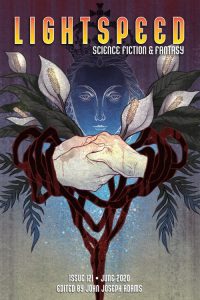
















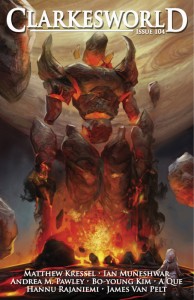

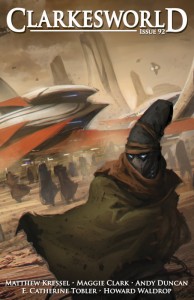

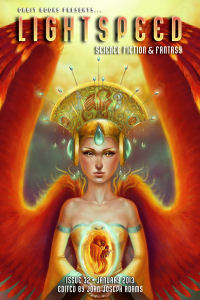






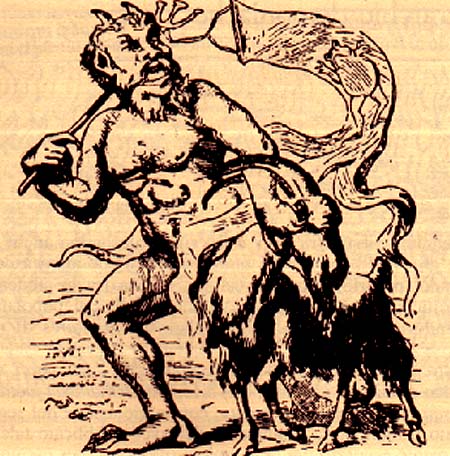

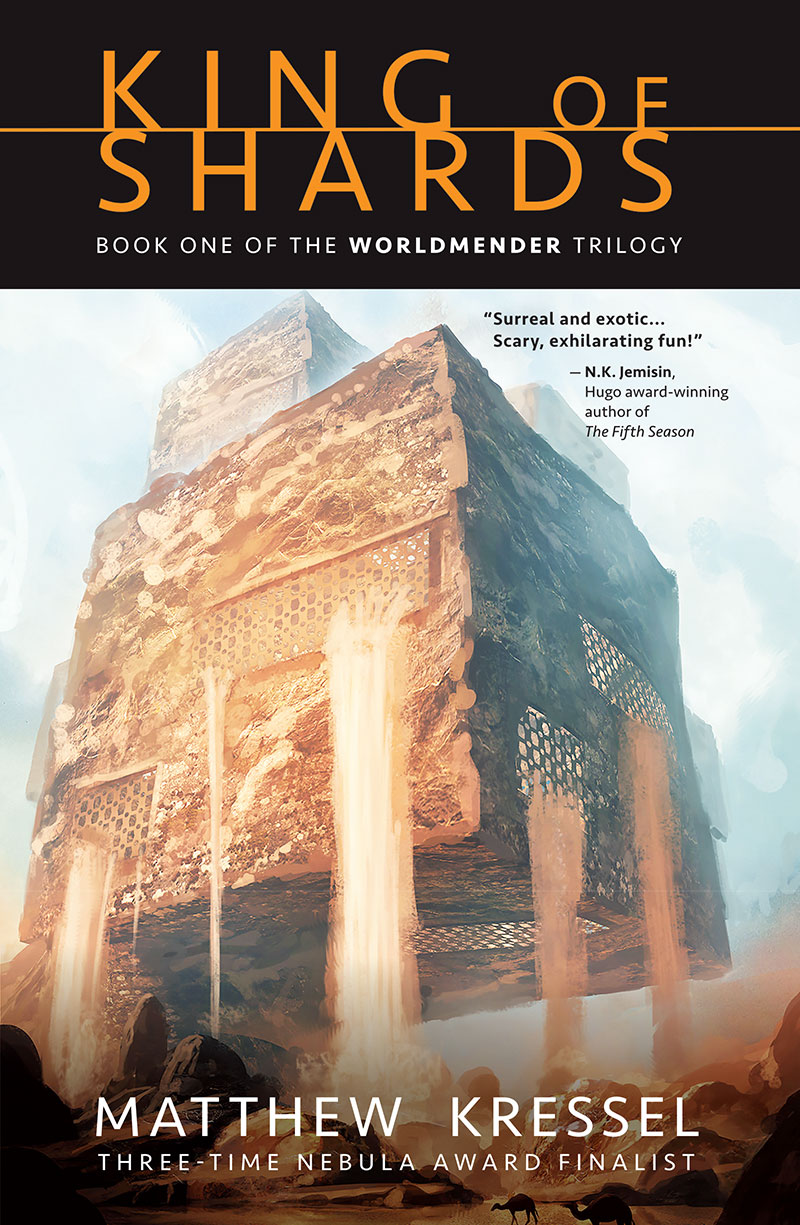
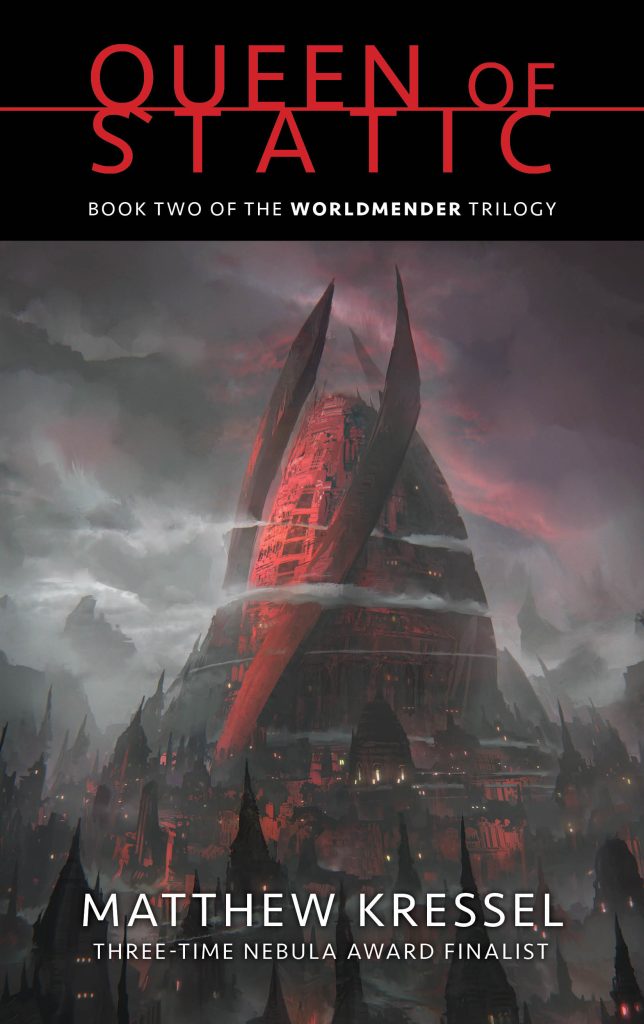

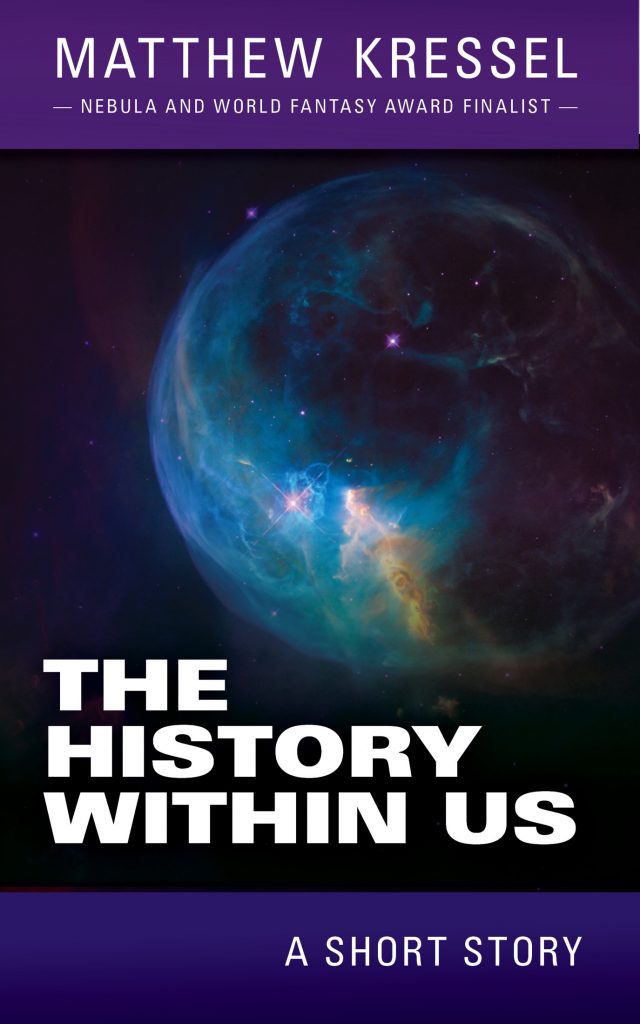
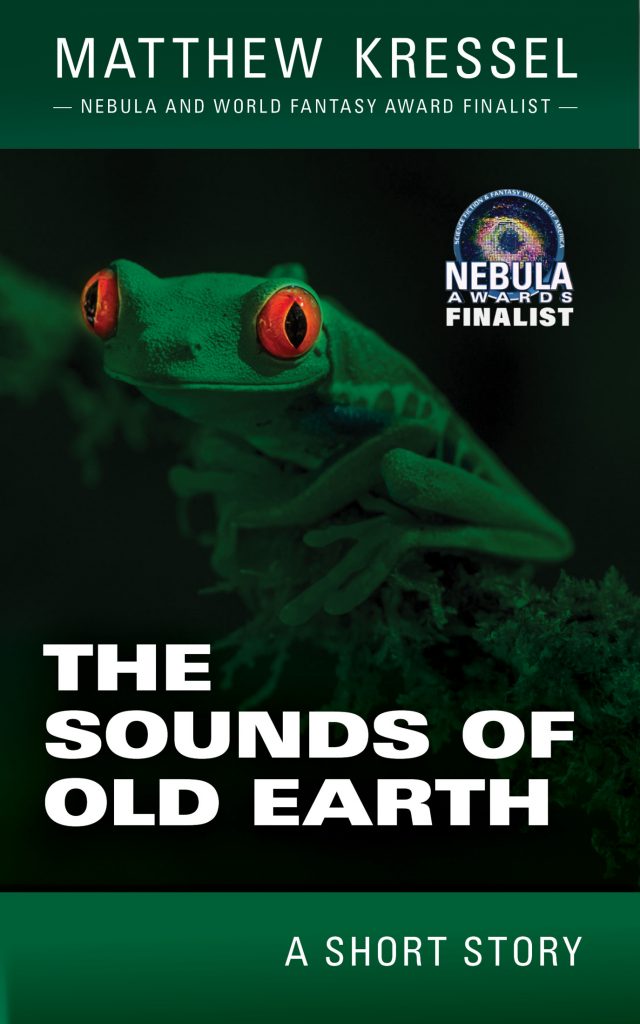
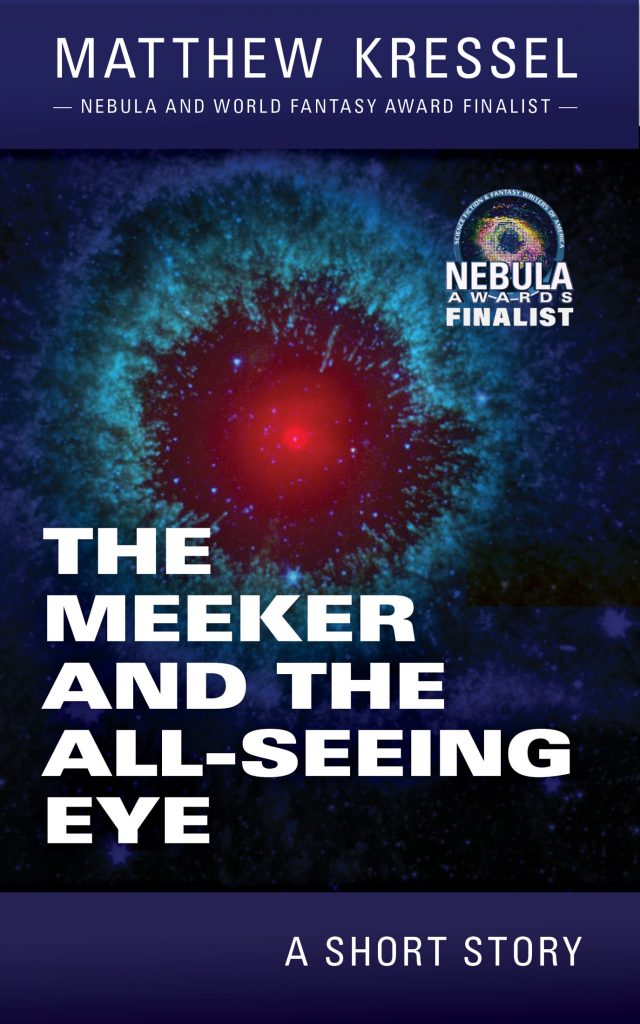

July 21, 2018 at 2:07 am
I believe the story of Azazel is more than just a myth. Read book of Enoch.